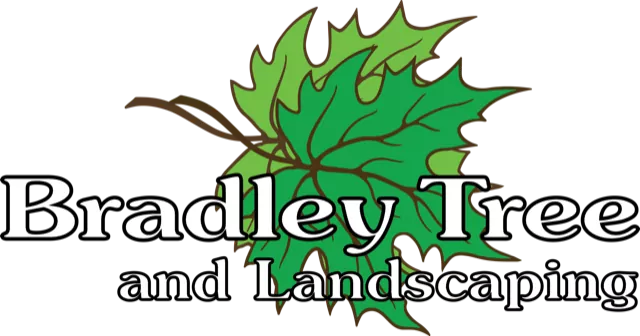Tree conservation has gotten a bad wrap from the hippie movement of the 1960’s. The conservationists of the ’60’s actually did a great deal in terms of change in not just the way we think about and behave around trees, but also pushed forward legislative actions to conserve trees and the natural habitat. We carry the torch that was lit back then, today– and it is more important now than ever to be conscious of how reliant we are on trees.
Why Conserve trees?
Trees serve a much broader purpose than just adding beauty to a local landscape. Trees help to moderate air pollution, sound pollution,
It may sound a bit elementary, but we rely on photosynthesis for much of our existence. In case biology was not your favorite school subject, photosynthesis is the process of plants absorbing sunlight, water, and carbon dioxide, converting these elements into sugars to nourish the plant and then the plant or tree emits oxygen. Throughout the process trees also absorb what is in their environment, which in most cases means some form of pollution. There is a lot of talk about carbon footprints and capturing carbon, simply put, that is what plants do best—they take what we exhale and what comes out of our tailpipes and turn it into something valuable, but every living organism has its threshold.
How to Conserve Buffalo NY trees?
Tree conservation is the active process of protecting forests and wooded areas in order to preserve the ecosystems within each forest, knowing that that ecosystem supports others as well as mankind. That is a pretty broad definition, but conservation is something that each person can actively take part in.
The Little Things Count
If you enjoy nature and love going out hiking or walking around the Buffalo NY and WNY area parks, walking on trails, and staying on trails is important. It is important to observe natural beauty but straying from trails in wooded areas and blazing your own, could be harmful to the future of the forest. I know, it sounds dramatic, but it is not. When new trails are formed without consideration for where they are going, the walking and padding down the soil and flora that grows on it affects the ecosystem greatly. Over time and more use of the trail, the trampled flora dies, the soil gets compacted and dense to a point where it cannot retain water or easily grow small plants, and then over the course of years, this trail can change the course of water distribution and root systems, threatening giant trees and the animals that have a home there.
A More Active Approach
Planting trees is generally a selfless act. You may plant a sapling and, depending on the species, it may only grow a few feet in your lifetime. Planting and conserving trees is more for future generations than it is for our own viewing, breathing pleasure. If you are up for the task, there are some things to know.
This is not gospel, each tree, each ecosystem, each environment has its own weather cycles and not one area is alike, so planting trees should be done with care and whenever possible, especially when planting many trees in WNY, one should consider contacting a Buffalo NY tree consulting company.
Where to Plant?

Where you plant a tree is important. Take a good look at the surroundings and imagine that tree being 20 feet tall and 30 feet wide with roots that reach even wider and further under the ground. The size of land you have to work with will narrow down your options on what type of tree to plant, so consider the size and then you can take a look at trees that would best fit the location and environment you are planting in. You can use resources like the Environmental Clearinghouse Inc.’s Tree Booklet to make your decision, but it never hurts to consult a Buffalo NY arborist, like the professionals at Bradley Tree.
When to Plant?
Since it is spring and the weather is warming up and the rain is frequent it seems like the perfect time to plant; for some trees it is, for most trees, it is not the right time. Strangely enough, fall and early winter can be the best times to plant new trees. The reason being is that the ground is softer and more nutrient rich. Some plants have died, and the trees have lost their leaves—these all break down into a great fertilizing cover for where you plant. The wet autumn days also provide moisture for the roots of the sapling, moisture that is not consistent throughout summer.
Adding Value
Conservation of old trees and the planting of new trees can also mean increasing the value of your property or home. According to research from Pacific Northwest Research Station, “the presence of street trees increased the sale prices of houses in east Portland neighborhoods by an average of $8,870.”

We Can Help
If you are looking to plant trees on your property and would like to consult an arborist from Buffalo NY, Bradley Tree can help you make more informed decisions to bring beauty to your landscape. Give us a call or leave your information here and a dedicated specialist at Bradley Tree will give you a call.

